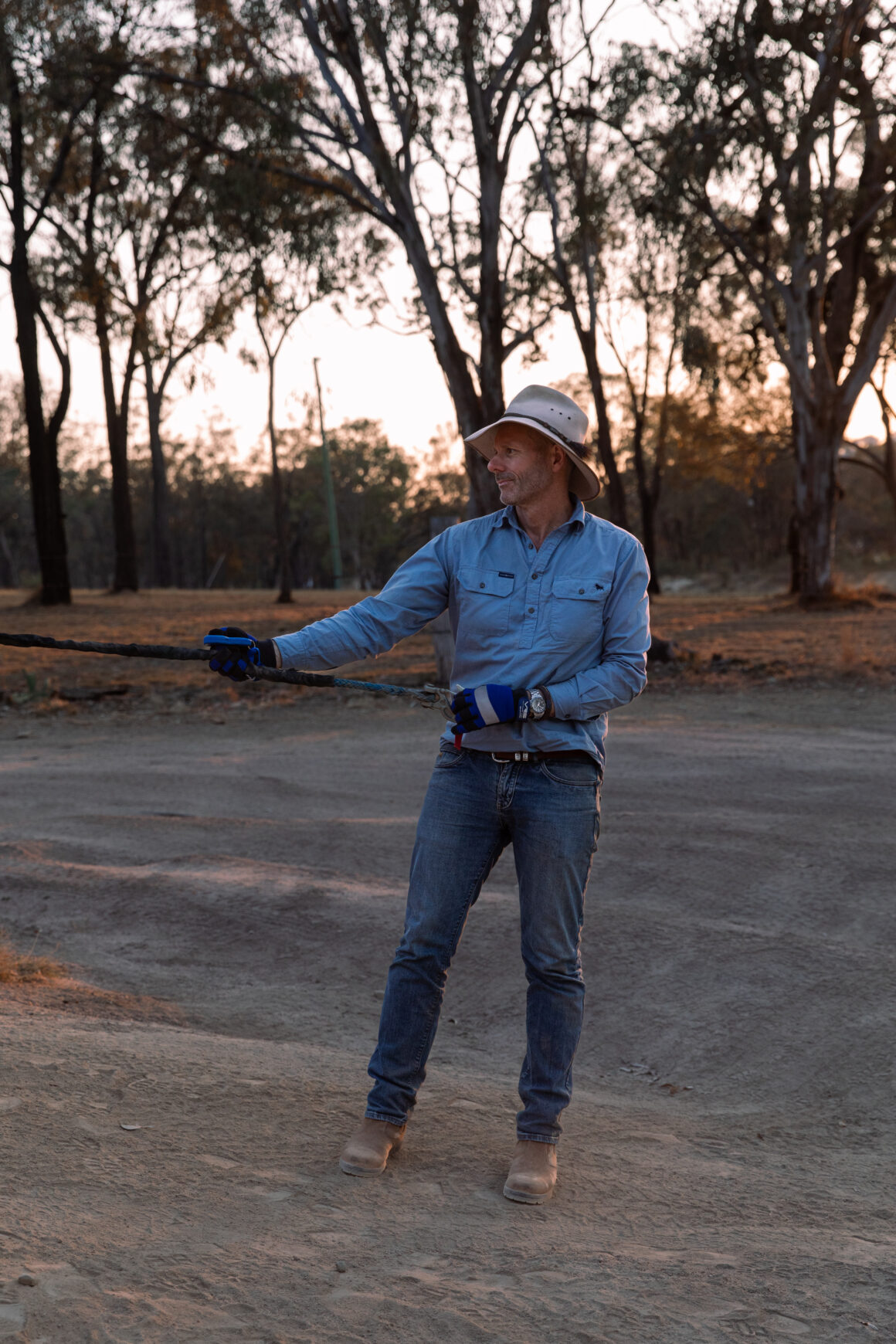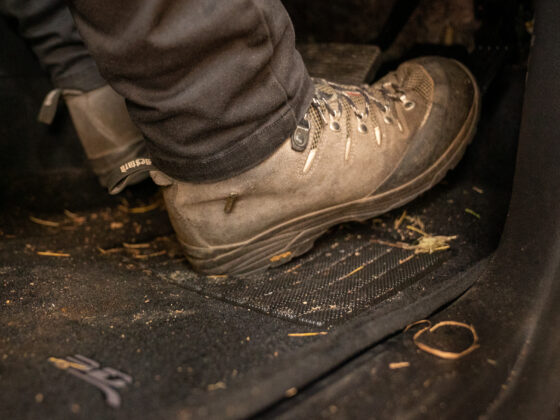Today we’re diving into an age-old debate in the 4X4 world: Steel vs Synthetic Winch Rope. This argument has been around for years, and it’s time we explore both sides to understand not only what’s the best choice for wrapping around your winch, but the shortcomings as well. We’ve even included a video straight from the horse’s mouth below with industry heavyweight Warn weighing in on the topic.

The Old Guard: Steel Rope
First up, steel rope – the original and rugged choice. Pretty much since the first day Warn invented the electric winch back in 1959, steel ropes have been the go-to for winches, and there’s a good reason for that. Made from aircraft-grade galvanized steel, these ropes offer incredible durability and abrasion resistance. They’re perfect for industrial use like towing or moving heavy logs and you’ll still find them absolutely dominating those spaces.
But why have 4X4ers traditionally loved steel ropes? They’re tough as nails. You can drag them over rocks or stumps without a worry. Plus, they’re UV and chemical-resistant, meaning they last practically forever with proper care. And let’s talk cost – steel ropes are more budget-friendly over their lifetime compared to synthetic options.
However, they’re not without downsides. Steel ropes are heavier, which might be a factor for people pushing close to their GVM. Over time, they can develop barbs, making handling a bit tricky – always wear gloves! They’ll also store a lot of energy under load, so safety practices like using a damper are non-negotiable. If a steel rope snaps, everyone is going to know about it.
At a glance
Exceptional Abrasion Resistance – Steel rope can take a beating from rocks and stumps without compromising its integrity.
UV and Chemical Resistance – This adds to its longevity, making it a near-indestructible option.
Cost-Effectiveness – Over its lifespan, steel rope is more economical than synthetic, both in terms of initial investment and long-term use.
However, steel ropes have their cons:
Weight – They’re significantly heavier, which could be a deciding factor for some users.
Handling – Over time, steel ropes can develop barbs and become less flexible, making handling more challenging.
Stored Energy – When under load, steel ropes can store a significant amount of energy, necessitating strict safety measures.
The New Kid on the Block: Synthetic Rope
Enter synthetic rope. Originally from the marine industry, it’s been a game-changer in vehicle recovery over the last 15 years. Take WARN’s Spydura Nightline, for example. It’s made from ultra-high molecular weight polyethylene (UHMWPE), coated in urethane for UV protection, and comes with an abrasion sleeve for extra durability.
Why are people loving synthetic? It’s incredibly strong yet light as a feather. It’s a dream to handle, flexible, soft, and with no nasty barbs so it won’t tear your hands to shreds. Plus, it doesn’t store as much energy as steel, reducing the risk of injury if it fails. But remember, safety first – gloves and dampers are still essential. The flip side? Synthetic ropes can be pricier, may not last as long as their steel counterparts, and will require more upkeep and maintenance if you want them to last.
Pros and cons
Lightweight and Strong – Its composition offers remarkable strength without the weight of steel.
Ease of Handling – Synthetic ropes are more flexible and don’t develop sharp barbs, making them easier and safer to handle.
Reduced Stored Energy – This means a lower risk of injury from rope failure, although safety practices remain crucial.
On the flip side
Cost – Synthetic ropes are generally more expensive initially and might not last as long as steel ropes.

Choose Your Champion
When deciding between steel and synthetic ropes for your winch, consider your specific requirements. Steel ropes excel in heavy-duty, industrial applications, thanks to their unparalleled durability and resistance. Synthetic ropes, on the other hand, are ideal for those prioritizing ease of handling, weight, and safety.
Always remember, whether you choose steel or synthetic, regular maintenance and adherence to safety protocols are key to ensuring a safe and successful winching experience.













